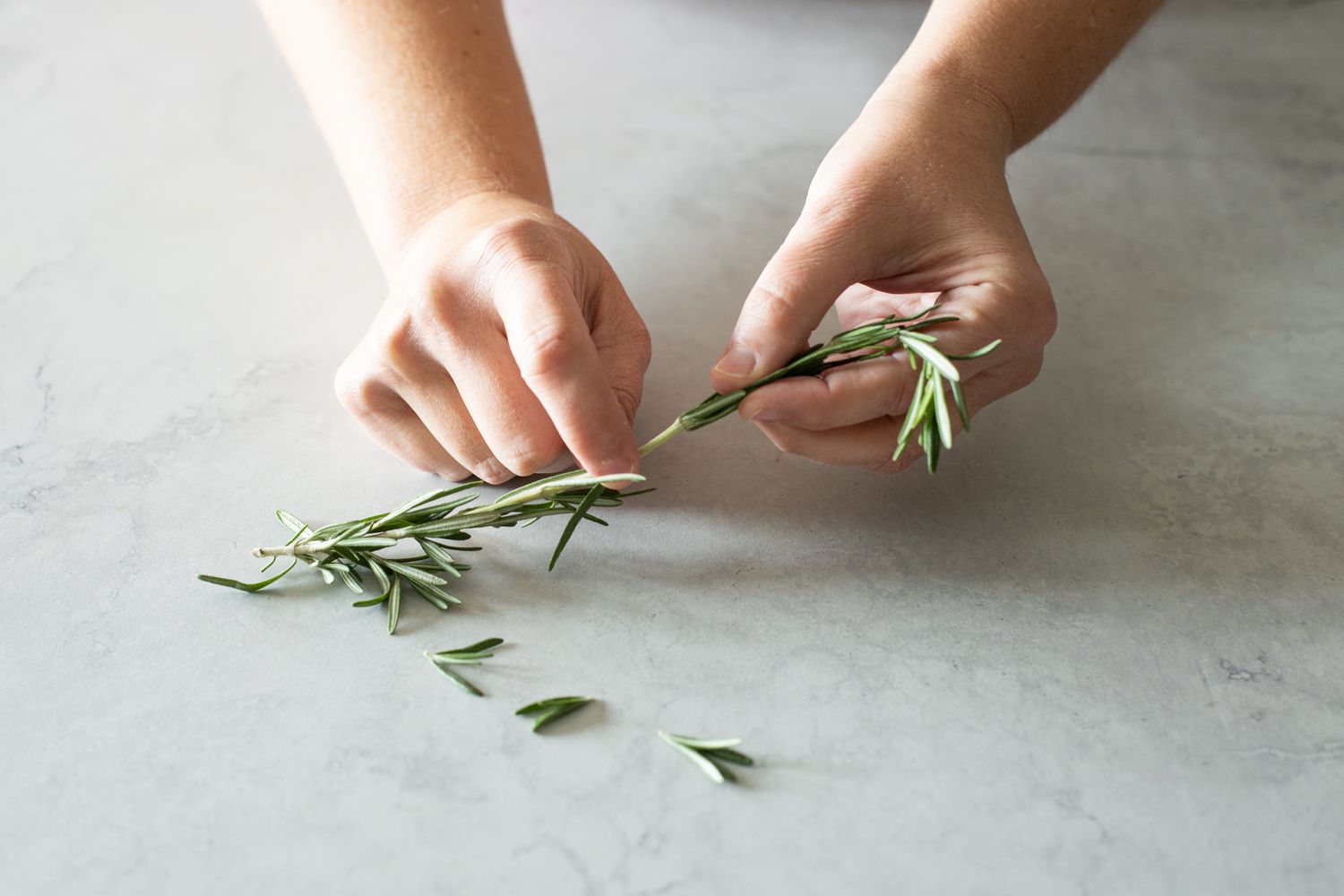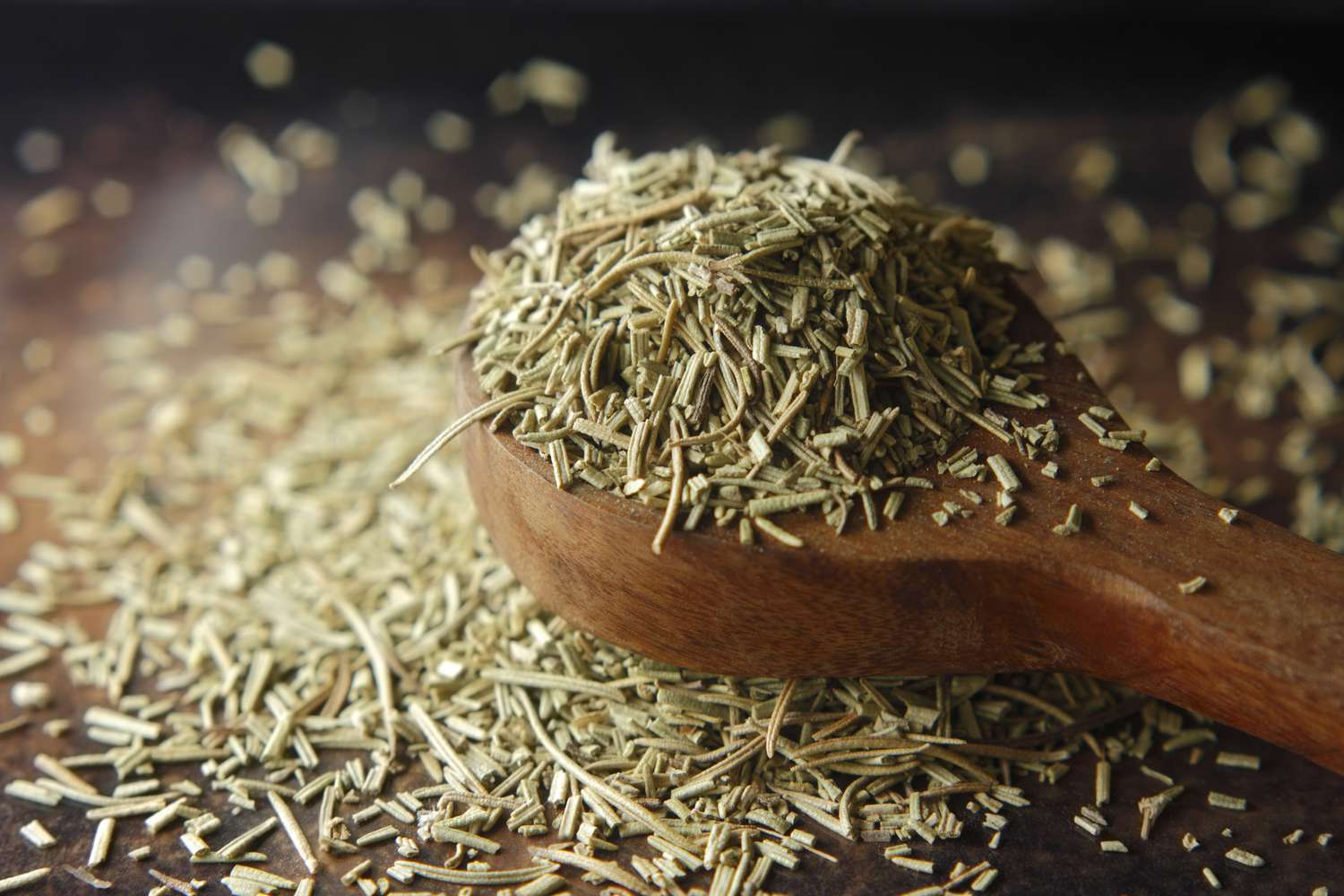Home>Types of Gardening>Edible Gardening>How To Tell When Rosemary Is Bad


Edible Gardening
How To Tell When Rosemary Is Bad
Published: January 28, 2024
Learn how to identify spoiled rosemary in your garden with these edible gardening tips. Keep your herbs fresh and healthy with our expert advice.
(Many of the links in this article redirect to a specific reviewed product. Your purchase of these products through affiliate links helps to generate commission for Chicagolandgardening.com, at no extra cost. Learn more)
Table of Contents
Signs of Spoiled Rosemary
Signs of Spoiled Rosemary
Rosemary is a delightful herb known for its fragrant aroma and versatile uses in culinary endeavors. However, like all herbs, rosemary is susceptible to spoilage if not properly stored and maintained. Here are the key signs to look out for to determine if your rosemary has gone bad:
- Discoloration: One of the most evident signs of spoiled rosemary is a change in color. Fresh rosemary typically boasts vibrant green needles, but when it begins to spoil, you may notice a shift towards a yellow or brown hue. This discoloration indicates that the herb has started to deteriorate and may have lost its flavor and aroma.
- Unpleasant Odor: Another unmistakable sign of spoiled rosemary is a pungent or musty odor. While fresh rosemary exudes a pleasant, pine-like fragrance, spoiled rosemary emits a less appealing scent. If your rosemary smells off or unpleasant, it’s a clear indication that it’s no longer suitable for use.
- Mold Growth: When rosemary is exposed to excess moisture or stored in a damp environment, it becomes vulnerable to mold growth. If you spot any fuzzy patches or powdery residue on the herb, it’s crucial to discard it immediately. Consuming moldy rosemary can lead to adverse health effects, so it’s best to err on the side of caution.
- Texture Changes: Fresh rosemary has a supple and firm texture, but as it spoils, the needles may become limp, mushy, or slimy. These alterations in texture are clear indicators that the rosemary is past its prime and should not be used in cooking or food preparation.
By recognizing these signs of spoiled rosemary, you can ensure that your culinary creations are always infused with the delightful essence of fresh herbs, enhancing both the flavor and visual appeal of your dishes.
Tips for Storing Rosemary
Tips for Storing Rosemary
Proper storage is essential for preserving the freshness and flavor of rosemary, ensuring that this aromatic herb remains a staple in your culinary repertoire. Here are valuable tips for storing rosemary to maintain its quality and extend its shelf life:
- Air-Tight Container: Store fresh rosemary in an air-tight container, such as a resealable plastic bag or a glass jar with a tight-fitting lid. This helps protect the herb from exposure to air and moisture, which can accelerate spoilage.
- Refrigeration: For optimal longevity, store fresh rosemary in the refrigerator. Wrap the herb in a slightly damp paper towel before placing it in the container to maintain the right level of moisture without causing excess dampness.
- Freezing: If you have an abundance of rosemary, consider freezing it for long-term storage. Simply chop the rosemary leaves, place them in ice cube trays, cover with water, and freeze. Once frozen, transfer the rosemary cubes to a resealable freezer bag for convenient use in future recipes.
- Drying: Drying rosemary is an excellent preservation method. Tie the rosemary sprigs together and hang them upside down in a well-ventilated area away from direct sunlight. Once the rosemary is thoroughly dried, store the leaves in an airtight container for extended use.
- Cooking Oils: Infuse olive oil or other cooking oils with fresh rosemary to create flavorful herb-infused oils. Store these oils in dark, airtight containers to preserve the rosemary’s essence and use them for cooking or as a delightful addition to salads and marinades.
By implementing these storage tips, you can prolong the shelf life of rosemary and continue to harness its delightful aroma and flavor to elevate your culinary creations.
How to Tell if Rosemary Has Gone Bad
How to Tell if Rosemary Has Gone Bad
Rosemary, with its enchanting fragrance and versatile culinary applications, is a cherished herb in kitchens worldwide. However, to fully enjoy its benefits, it’s crucial to discern when rosemary has surpassed its prime. Here are simple yet effective ways to determine if your rosemary has gone bad:
- Visual Inspection: Examine the color of the rosemary. Fresh rosemary typically displays vibrant green needles. If you notice any browning or yellowing, it’s a clear indication that the herb has begun to spoil.
- Odor Assessment: Take a whiff of the rosemary. Fresh rosemary emanates a delightful, pine-like aroma. If the herb gives off a musty or unpleasant smell, it has likely deteriorated and should not be used.
- Texture Evaluation: Feel the texture of the rosemary. Fresh rosemary should be supple and firm. If the needles appear limp, mushy, or slimy, it’s a sign that the herb has degraded and is no longer suitable for consumption.
- Mold Presence: Inspect the rosemary for any signs of mold growth. If you notice fuzzy patches or powdery residue on the herb, it’s imperative to discard it immediately to avoid potential health risks associated with consuming moldy herbs.
By employing these simple yet effective methods, you can confidently assess the quality of your rosemary and ensure that only the freshest, most flavorful herbs find their way into your culinary creations.







